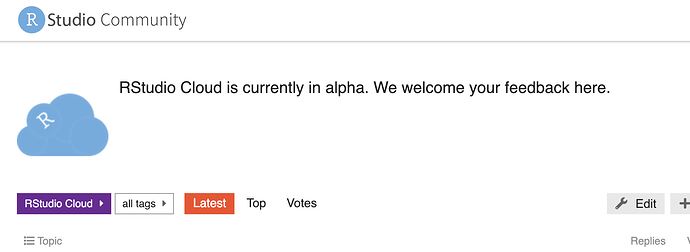

This article provides full details, such as how to take advantage of Application Default Credentials or service accounts on GCE VMs. bigrquery obtains a token with gargle::token_fetch(), which supports a variety of token flows.For non-interactive usage, it is preferred to use a service account token and put it into force viaīq_auth(path = "/path/to/your/service-account.json"). Your token will be cached across sessions inside the folder ~/.R/gargle/gargle-oauth/, by default. When using bigrquery interactively, you’ll be prompted to authorize bigrquery in the browser. You can specify the location of a service account JSON file taken from your Google Project:


The best method for authentication is to use your own Google Cloud Project. Install.packages('abind', dependencies=TRUE, repos='')"Īuthenticating R connection to GCS, Bigquery and Cloud SQL Google Cloud Storage To install R package from the JupyterLab notebook itself, use the below command: \ R -e "install.packages('abind', dependencies=TRUE, repos='')" \ R packages can be installed through command file using the below command: \ Below are examples of each using the standard R repo. R packages can be installed using JupyterLab notebooks or on the command line. Refer to the Using R with Google Cloud SQL for MySQL guide by GCP to get an introduction to accessing MySQL on a Cloud SQL instance. The guide also provides examples to make authenticated user calls to the BigQuery service and also ways to read/write data from/to BQ.

Refer to the bigrquery R package documentation to learn more about accessing BigQuery resources in R. Refer to the googleCloudStorageR package introduction here to learn more about the R package used to access GCS resources. The purpose of this guide is to provide data scientists and engineers adequate resources to get started with coding in R using Google Cloud Platform Data products like GCS, Cloud SQL and BigQuery.


 0 kommentar(er)
0 kommentar(er)
